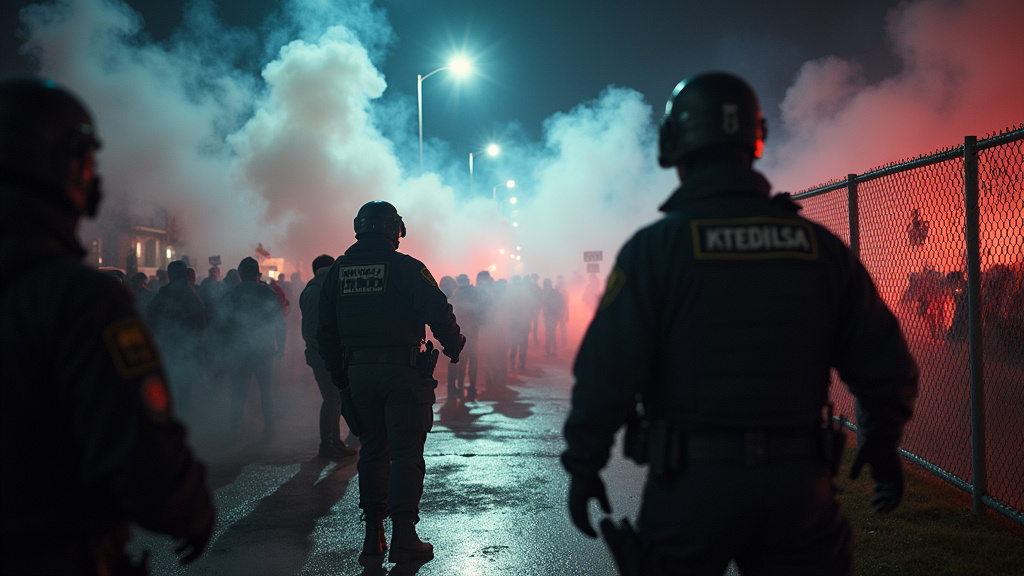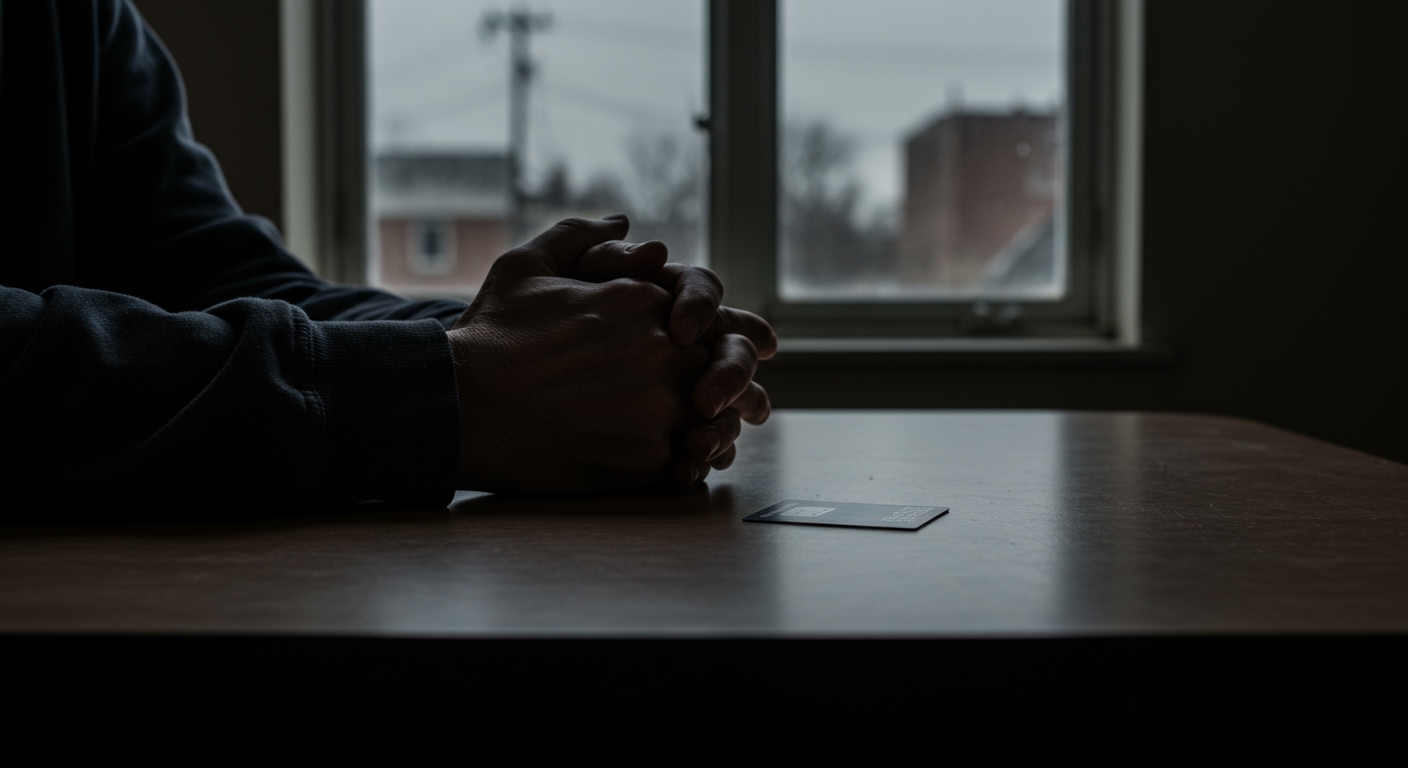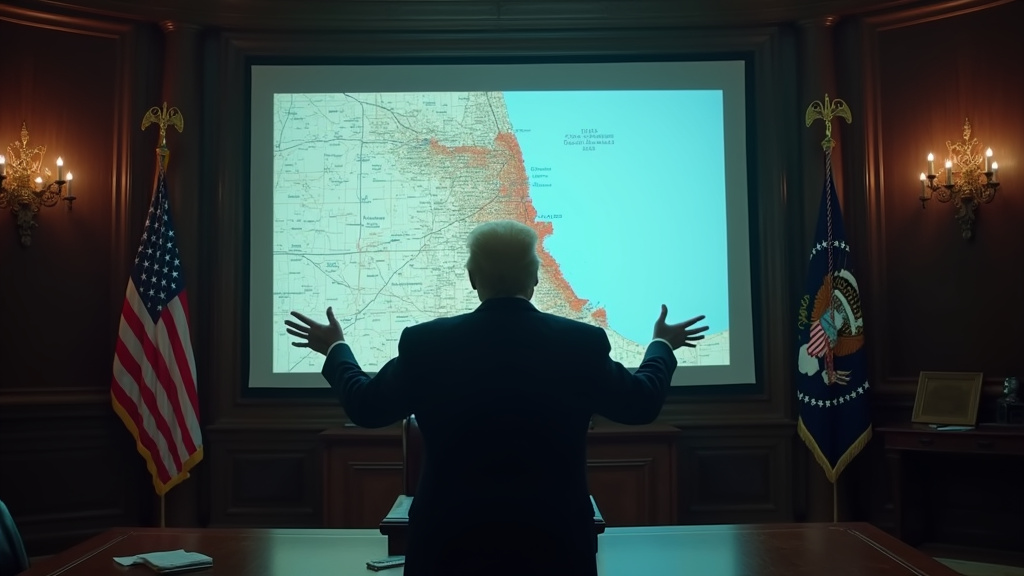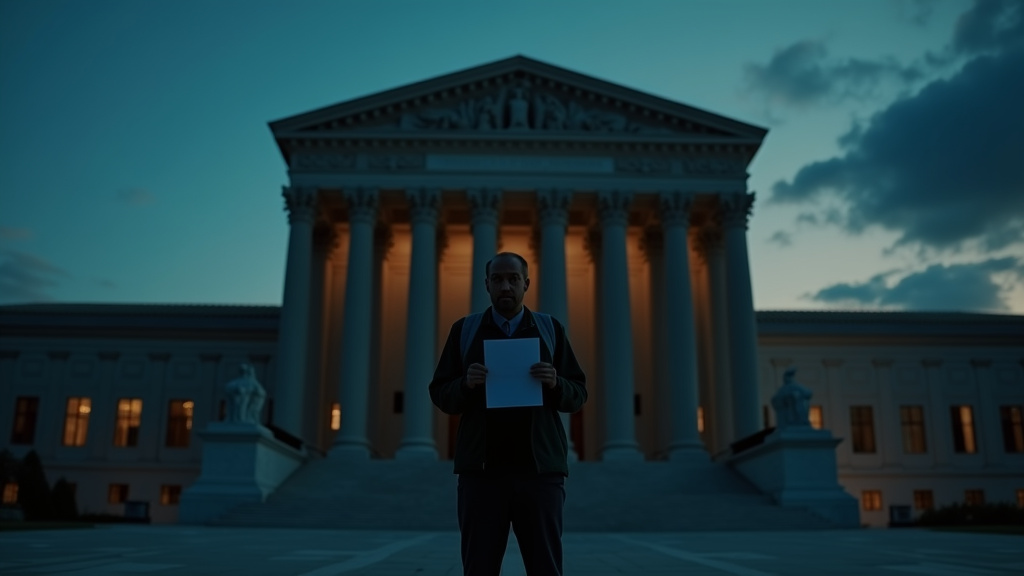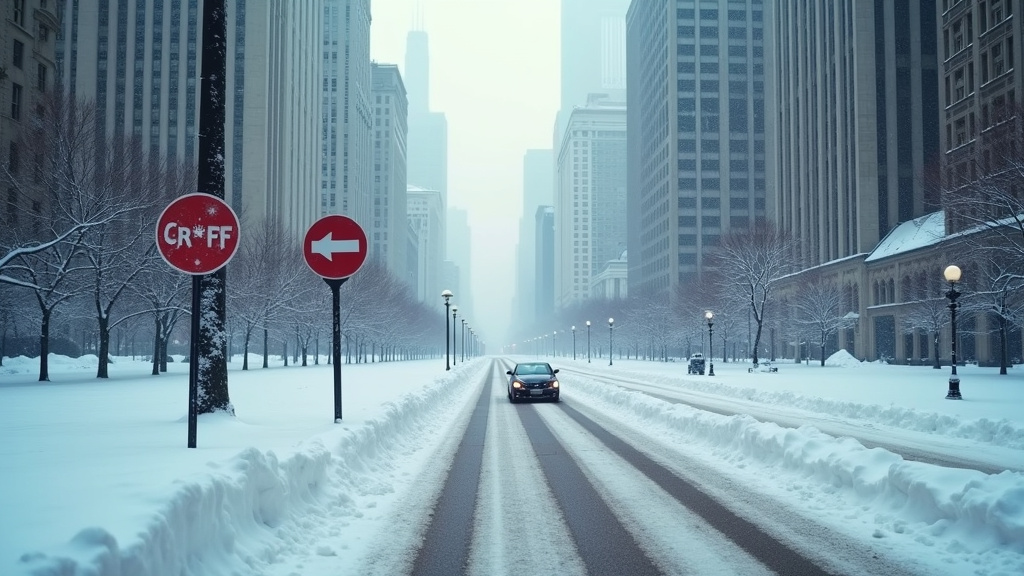A federal judge has significantly increased oversight of U.S. Immigration and Customs Enforcement (ICE) operations in the Chicago area, ordering agents to wear body cameras and expressing alarm over reported aggressive tactics. The move comes as the Trump administration’s “Operation Midway Blitz,” a sweeping immigration enforcement initiative, continues to draw criticism and legal challenges.
Judicial Scrutiny Intensifies with Body Camera Mandate
U.S. District Judge Sara Ellis mandated that all federal immigration officers involved in “Operation Midway Blitz” in Chicago must wear body-worn cameras during enforcement activities. This directive follows escalating tensions and reports of federal agents employing harsh measures against protesters and civilians. Judge Ellis conveyed “profound concern” that her prior orders, including one restricting the use of tear gas and riot control weapons against peaceful demonstrators and journalists, may not have been fully heeded. In response to apparent violations, she summoned ICE’s Chicago Field Office Director Russell Hott to appear in court to explain the agency’s actions. The judge also emphasized that agents must wear visible identification at all times. While federal attorneys cited the ongoing government shutdown and a lack of equipment as challenges, Judge Ellis indicated she would not mandate cameras that agents do not possess, suggesting details could be worked out in subsequent hearings. This judicial intervention marks a significant push for transparency and accountability in the often-opaque operations of immigration enforcement.
“Operation Midway Blitz” Sparks Controversy
“Operation Midway Blitz,” initiated in early September, has intensified ICE activity across the Chicago area, with federal officials reporting over 1,500 arrests within the region, and potentially more across the larger six-state field office jurisdiction. The Department of Homeland Security (DHS) has stated the operation targets “criminal illegal aliens” and the “worst of the worst”. However, the operation has been characterized by increasingly aggressive and “military-style” tactics, according to numerous reports. Accounts detail agents rappelling from helicopters, deploying flashbang grenades, and using tear gas near residential buildings and even a public school. Critics, including Illinois Governor J.B. Pritzker, have decried these methods as escalating violence and creating a “war zone”. The broad scope of the operation has also led to reports of U.S. citizens, legal residents, and even children being detained amidst raids, raising concerns about civil rights violations. One notable incident involved the arrest of a police officer in Hanover Park, a Chicago suburb, for allegedly being in the country illegally and possessing a firearm, which ICE highlighted as a disregard for federal law by local jurisdictions.
Protests, Legal Battles, and Local Resistance
The heightened ICE presence and aggressive tactics have fueled ongoing protests, particularly outside the ICE processing facility in Broadview, Illinois, which has become a focal point for demonstrations. In one instance, ICE agents reportedly used a pepper ball against a pastor who was praying outside the Broadview facility, an event captured on video. Local authorities and advocacy groups have actively resisted federal actions. The village of Broadview successfully sued to have an 8-foot fence, erected by ICE outside its facility, removed, as it was deemed to block a public road and impede first responders. Additionally, Chicago and the state of Illinois have engaged in legal battles to block the deployment of National Guard troops to assist federal immigration operations, arguing such deployments are unnecessary and potentially illegal. Mayor Brandon Johnson has also signed an executive order establishing “ICE-free zones” on city property, prohibiting federal agents from using public facilities for civil immigration enforcement without a warrant.
Broader Implications and Future Scrutiny
This surge in federal immigration enforcement and the subsequent judicial and public scrutiny highlight a growing tension between national immigration policies and local sanctuary city principles. The court’s increased oversight, particularly the mandate for body cameras, signals a critical step towards documenting ICE’s conduct and ensuring accountability. As “Operation Midway Blitz” continues, the focus remains on how federal agents will operate under this heightened judicial watch and the ongoing public outcry for more humane and lawful enforcement practices. The news from Chicago underscores a trending national conversation about immigration policy and the balance of power between federal agencies and local communities.


